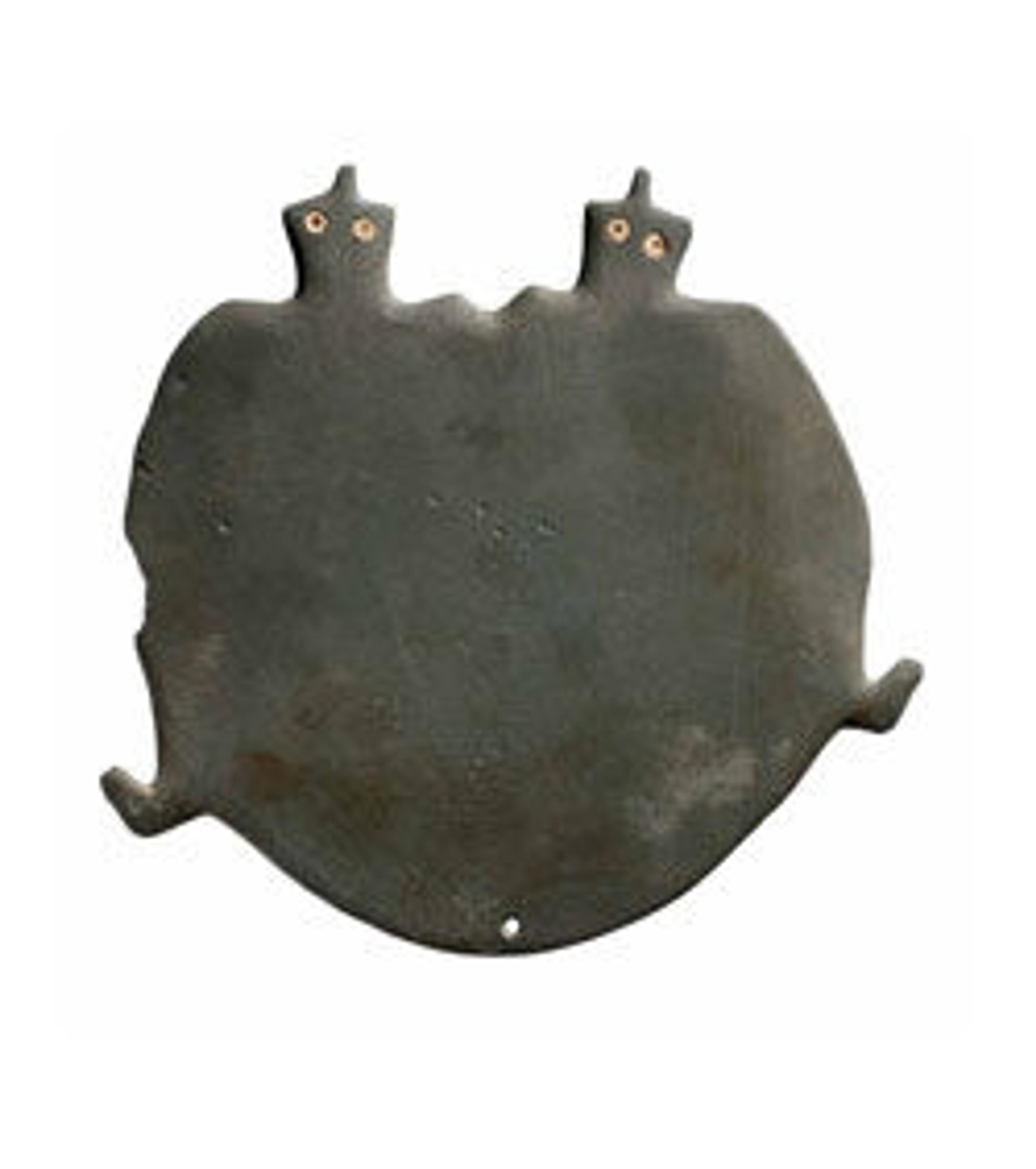Spoon with a falcon on the handle
This early example of a toilet spoon (partly reconstructed) has a long handle, rounded for most of its length, and then tapering and flattening toward one end. Vertically through the flattened end is a hole, perhaps for suspension. At the other end is a hemispherical bowl to hold cosmetic material. Facing the bowl is the figure of a falcon that rests its beak on the rim. Although falcons are rarely depicted during this period, this high-soaring bird of prey was already beginning to take on solar connotations. The ivory from which this spoon was carved could be from either a hippopotamus or an elephant tusk.
Artwork Details
- Title:Spoon with a falcon on the handle
- Period:Predynastic, Naqada III
- Date:ca. 3300–3100 B.C.
- Geography:From Egypt, Northern Upper Egypt, Mahasna, Tomb H128, EEF excavations 1908–1909
- Medium:Ivory
- Dimensions:L. 30.3 × H. 2 × W. 4.3 cm (11 15/16 × 13/16 × 1 11/16 in.)
- Credit Line:Gift of Egypt Exploration Fund, 1909
- Object Number:09.182.9
- Curatorial Department: Egyptian Art
More Artwork
Research Resources
The Met provides unparalleled resources for research and welcomes an international community of students and scholars. The Met's Open Access API is where creators and researchers can connect to the The Met collection. Open Access data and public domain images are available for unrestricted commercial and noncommercial use without permission or fee.
To request images under copyright and other restrictions, please use this Image Request form.
Feedback
We continue to research and examine historical and cultural context for objects in The Met collection. If you have comments or questions about this object record, please contact us using the form below. The Museum looks forward to receiving your comments.
